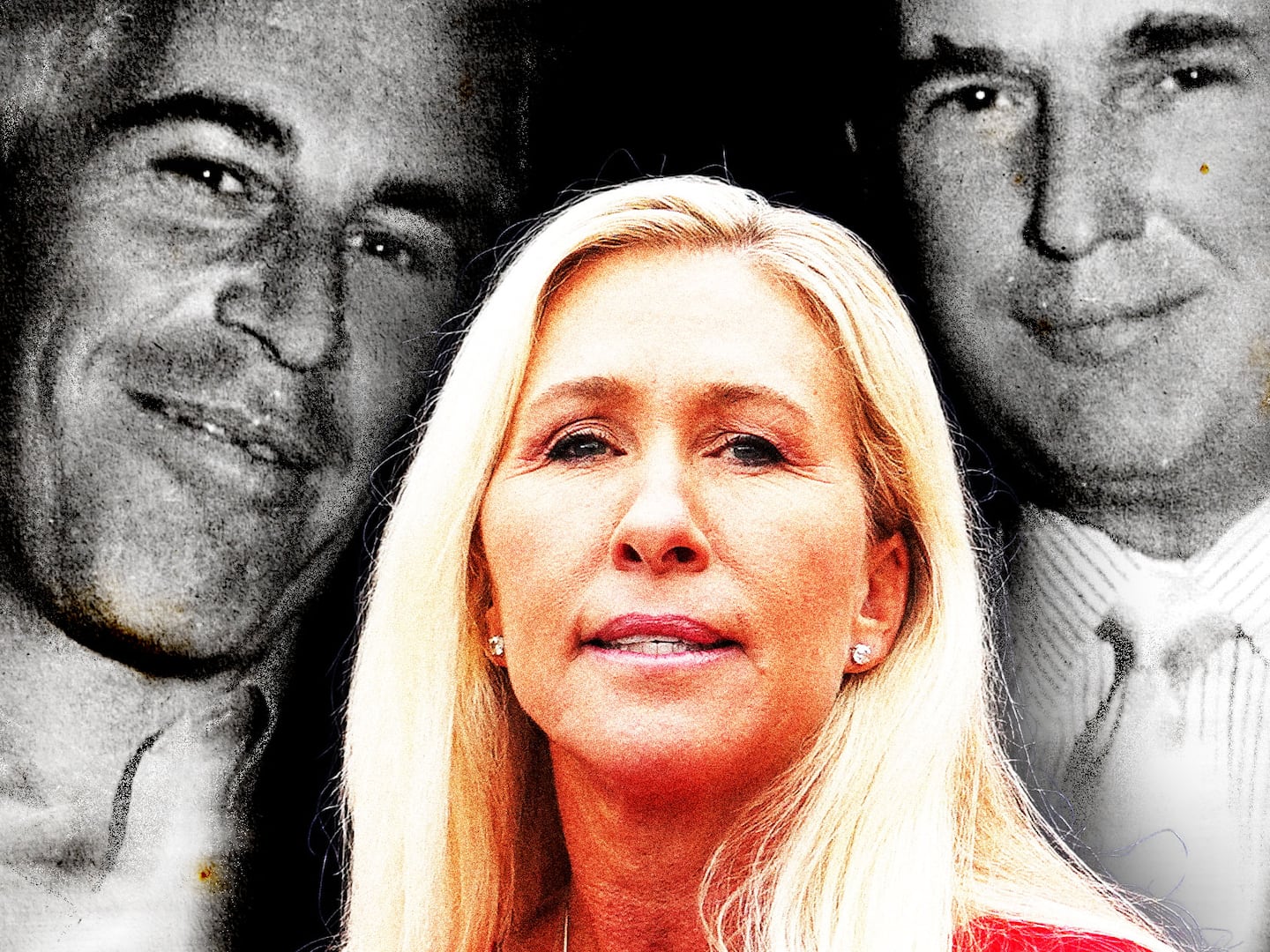This story was published in partnership with Investigative Post, a non-profit investigative reporting center in Buffalo, New York.
It’s the shove seen round the world: two Buffalo cops push a demonstrator who falls, slams his head on the pavement, and immediately begins to bleed from the ears.
City officials wasted no time in suspending the two officers seen on the video shoving the demonstrator, who, it turns out, is 75 years old and fighting cancer. On Saturday, the officers were charged with assault in the second degree.
Suffice to say, this is not a good look for the police.
But never ones to back down—Buffalo cops can be a belligerent bunch—they responded by organizing a mass resignation of the 57 officers from the team designated to deal with protests and other large crowds. They are keeping their jobs, but giving up their assignments on what is considered an elite response team. Rank and file are said to be disgruntled, as well.
John Evans, president of the Police Benevolent Association, emailed his membership and characterized the suspensions this way: “They tried to fuck over these guys like I have never seen in my 54 years.”
As shocking as this all may be to outsiders, the shoving of demonstrator Martin Gugino and the defiant response of officers to an effort to discipline two of their own is indicative of the state of police affairs in Buffalo. Has been for a long time, not that you have to go back too far to find other episodes of brutality that have been captured on video.
On Monday, a line of Buffalo police charged demonstrators, including one attacked from behind as he calmly stood for an interview with a local television station. He wound up spending the night in jail.
Last month, a white Buffalo cop was caught on camera repeatedly punching a black suspect in the face after he’d been wrestled to the ground. The cop, and his partner, remain on the job, not so much as reassigned to desk duty.
It gets worse.
No fewer than four men of color have died as the result of encounters with Buffalo police in the past three years.
First there was Wardel “Meech” Davis, stopped in February 2017 by police officers who later refused to cooperate with investigators. In May of that year, Jose Hernandez-Rossy was shot as he reportedly fled police. Rafael “Pito” Rivera was shot as he ran from police in September 2018. Marcus Neal was shot by police after they cornered him on a rooftop in December 2018.
Then there was the settlement earlier this year in which the city paid Wilson Morales $4.5 million after police shot and paralyzed him in 2012. Both cops involved in the shooting have since been promoted.
The problem—besides the “protect the shield” mentality that permeates the department and a union contract that long ago stripped administrators of any semblance of management rights— is a lack of police accountability.
New York’s notorious 50-a law pretty much prohibits the disclosure of police disciplinary records, and the department’s Internal Affairs unit takes it from there. Investigative Post, in a February 2017 story, reported that Internal Affairs cleared officers of wrongdoing in 94 percent of the cases it investigated during a nearly three-year period.
Little wonder that a survey several years ago of inner-city residents found close to half of them weren’t comfortable calling the police in an emergency.
“My community has seen law enforcement abuse their power or misuse their power, and we no longer feel safe when it comes to them,” said Denise Walden, a community health worker. “We no longer trust them.”
The city in 2017 did disband its Strike Force unit, described by one defense attorney as “vigilantes” with a “cowboy mentality,” but only after getting negative press coverage and being sued by activists. The Strike Force specialized in setting up checkpoints in minority neighborhoods and writing as many tickets as possible. Police are still accused of targeting black and brown neighborhoods for aggressive traffic enforcement.
Training has been an issue, especially when Investigative Post reported post-Ferguson that the city was lagging in the teaching of de-escalation strategies. Training has improved somewhat, but police and union administrators squabble over whether cops should be trained on straight-time or overtime.

The city has a human rights commission with subpoena powers that it never uses. It’s got a citizens advisory committee that is largely ignored by elected officials. And the city council’s Police Oversight Committee, headed by a retired cop, only meets a couple of times a year and rarely takes up substantive issues.
The buck stops with Mayor Byron Brown, who has been unwilling to address the problems that plague his police department. He’s a go-along-to-get-along politician who doesn’t like conflict, and he’s shown time and time again that the problems of his black and brown political base don’t really matter to him. For example, the city has long had a major lead poisoning problem that his administration has refused to tackle head-on.
“This is a very sad situation. It was a scary situation,” Brown said at a press conference Friday of the recent unrest there. “It doesn't reflect the true character of the Buffalo PD, or the city of Buffalo. "
Except, many would argue, this is all too often exactly who the cops are.
Protests Friday in Buffalo were the largest and most peaceful of the week. Police kept their distance—when they were on scene at all—and protesters kept the peace. It’s almost like the cops were the problem all along.
The events of the past week have the feel of sea-change. Brown has lost the support of his police department and drawn the ire of a new generation of activists drawn out by the protests. Police reform, and the larger issue of racial discrimination, has emerged from the shadows and forced one of the nation’s poorest, most segregated cities to face its demons.
It’s been a long time coming.







